Savor the Heat: A Fun and Flavorful Guide to Spanish Spiced Raw Vegetable Sauces
Table of Contents
Introduction to Spanish Spiced Raw Vegetable Sauces
Spanish spiced raw vegetable sauces are a vibrant, healthy, and flavorful way to enjoy the essence of fresh produce with a kick. These sauces typically feature raw vegetables like bell peppers, tomatoes, cucumbers, and onions, blended with spices such as paprika, cumin, garlic, and chili. They're not just a dip—they're a celebration of flavor, texture, and tradition.
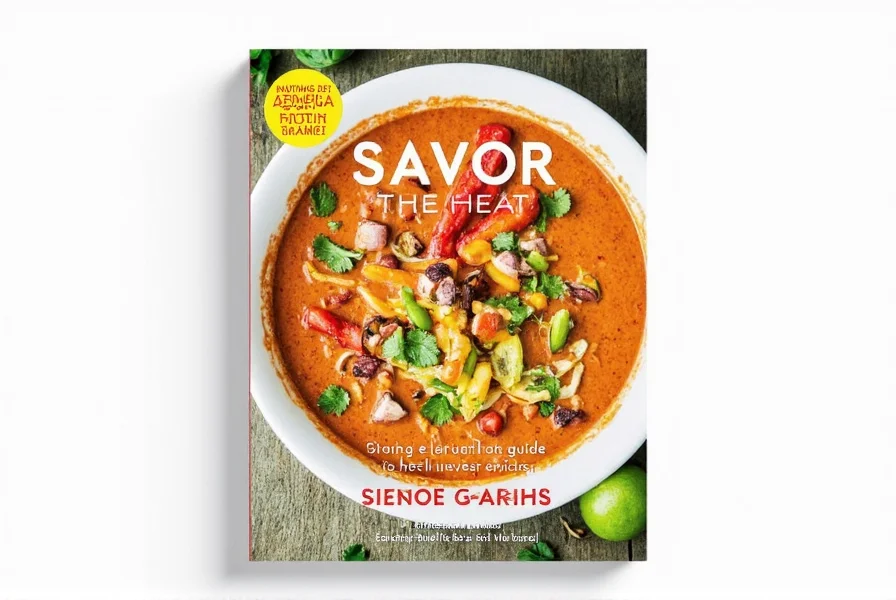
These sauces have deep roots in Spanish cuisine, often seen as a staple in tapas culture or served alongside grilled meats and seafood. But they're also gaining popularity worldwide as people seek healthier, plant-based alternatives that still pack a punch.
Why You Should Try Them
If you're a spice lover or someone who's curious about global flavors, these sauces are a must-try. Here’s why:
- Health Benefits: Raw vegetables retain more nutrients, making these sauces a nutrient-dense choice.
- Versatile: Use them as a dip, spread, or base for salads and wraps.
- Flavor Explosion: The combination of raw veggies and bold spices creates a unique taste experience.
- Cooking Light: No need to heat up the kitchen—perfect for summer or busy days.
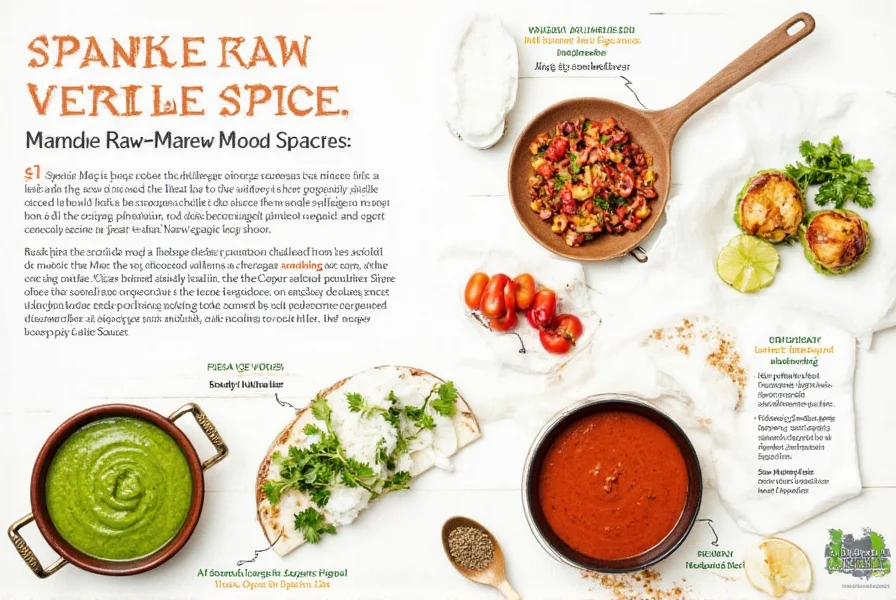
How to Make Them at Home
Making your own Spanish spiced raw vegetable sauce is easier than you think. Here's a simple recipe to get you started:
Basic Spanish Spiced Raw Vegetable Sauce Recipe
- Chop 1 large red bell pepper, 1 small cucumber, 1/2 red onion, and 1 tomato into small pieces.
- Add 2 cloves of minced garlic, 1 teaspoon smoked paprika, 1 teaspoon ground cumin, 1/2 teaspoon chili flakes (adjust to taste), and a pinch of salt.
- Blend everything in a food processor until smooth or slightly chunky, depending on your preference.
- Taste and adjust seasoning as needed. Add a splash of olive oil or lemon juice if desired.
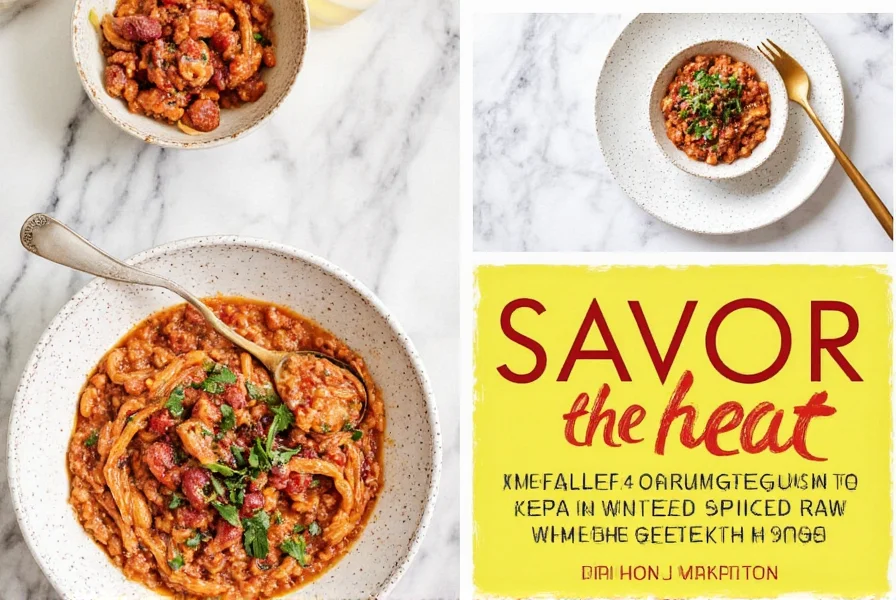
This recipe can be customized with additional ingredients like cilantro, lime, or even a bit of vinegar for extra zing. The key is to balance the heat with freshness and acidity.
Top 5 Tips for Perfecting Your Sauce
To take your Spanish spiced raw vegetable sauce to the next level, follow these tips:
- Use Fresh Ingredients: The better the quality of your vegetables, the better the final product.
- Adjust Heat Gradually: Start with a small amount of chili and build up to your preferred level of heat.
- Experiment with Spices: Don’t be afraid to mix in other spices like oregano, coriander, or even turmeric for added depth.
- Let It Rest: Allow the sauce to sit for 10–15 minutes before serving to let the flavors meld together.
- Pair Smartly: Serve it with crusty bread, grilled vegetables, or as a topping for tacos and sandwiches.
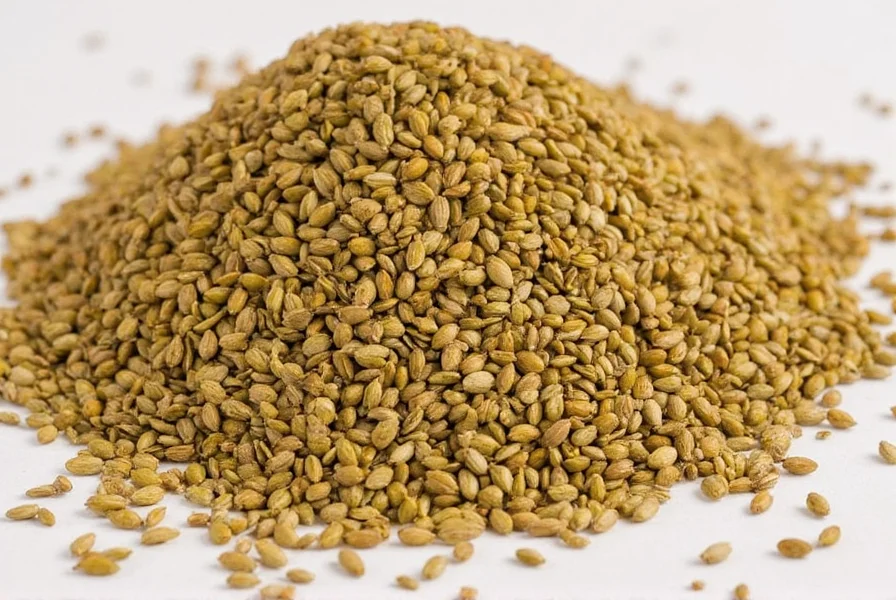
Comparison Table: Popular Spanish Spiced Sauces
| Sauce Name | Main Ingredients | Heat Level | Best For |
|---|---|---|---|
| Alioli | Garlic, olive oil | Low | Dipping, seafood |
| Pisto | Tomatoes, eggplant, peppers | Medium | Breakfast, side dish |
| Escalivada | Charred eggplant, peppers, onions | Low-Medium | Tapas, grilled meats |
| Patatas Bravas | Potatoes, spicy tomato sauce | High | Bar snacks, finger food |
| Green Sauce (Verde) | Herbs, garlic, chili | Medium-High | Meat dishes, soups |
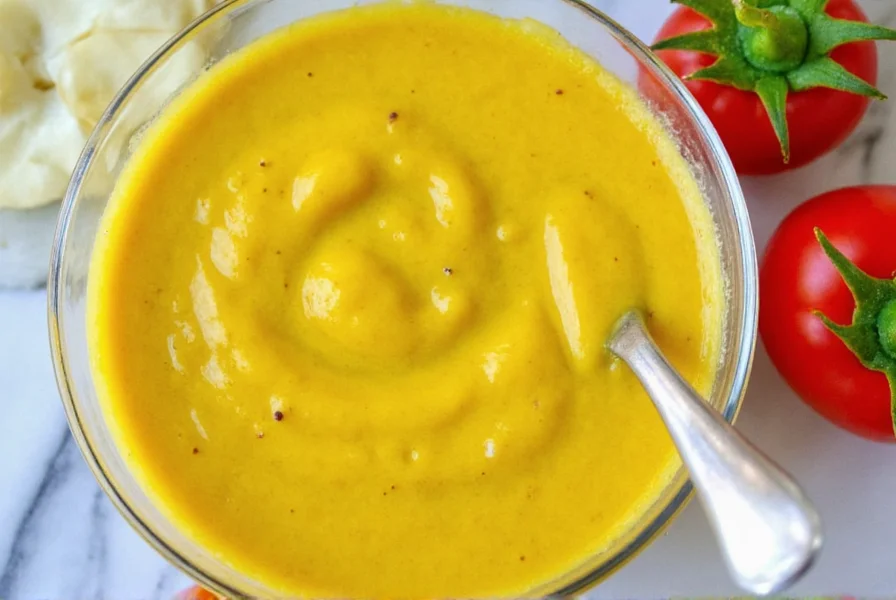
Buying Guide: Choosing the Best Sauce for You
If you're not up for making your own, there are plenty of store-bought options that deliver great flavor. Here’s a guide to help you choose:
1. La Vaca de Oro – Spanish Spiced Raw Vegetable Sauce
- Features: Made with organic vegetables and natural spices, no artificial preservatives.
- Advantages: Rich in vitamins and antioxidants, ideal for health-conscious consumers.
- Use Cases: Dips, salad dressings, or as a base for cold soups.
- Target Audience: Anyone looking for a healthy, ready-made option.
- Suitable Occasions: Picnics, barbecues, or casual dinner parties.
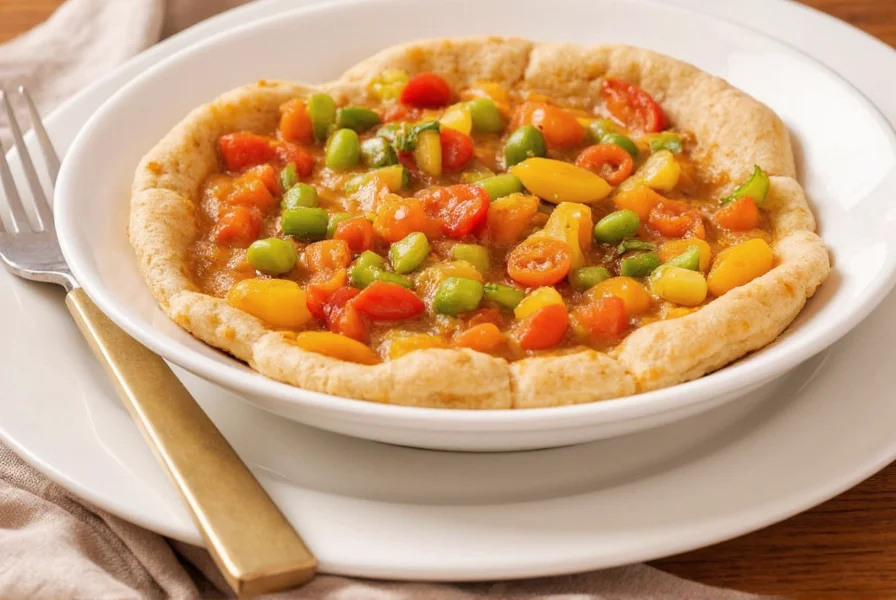
2. Tapas & Co. – Smoked Paprika Vegetable Dip
- Features: Features a smoky paprika base with a hint of chili and garlic.
- Advantages: Adds a deep, smoky flavor without being overly hot.
- Use Cases: Perfect with crusty bread, crackers, or as a spread for wraps.
- Target Audience: Fans of smoky flavors and those new to spicy foods.
- Suitable Occasions: Tapas nights, snack time, or as an appetizer.
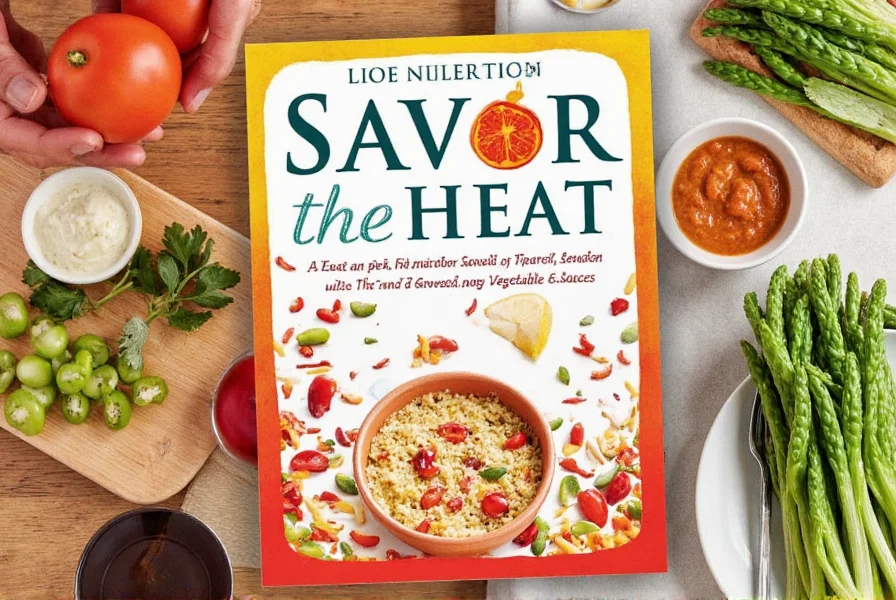
3. El Jefe – Hot and Spicy Vegetable Mix
- Features: A fiery blend of raw vegetables with a high concentration of chili and garlic.
- Advantages: Bold, intense flavor that packs a serious punch.
- Use Cases: Ideal for those who love heat and want to elevate their meals.
- Target Audience: Spice enthusiasts and adventurous eaters.
- Suitable Occasions: BBQs, chili competitions, or as a daring addition to any dish.
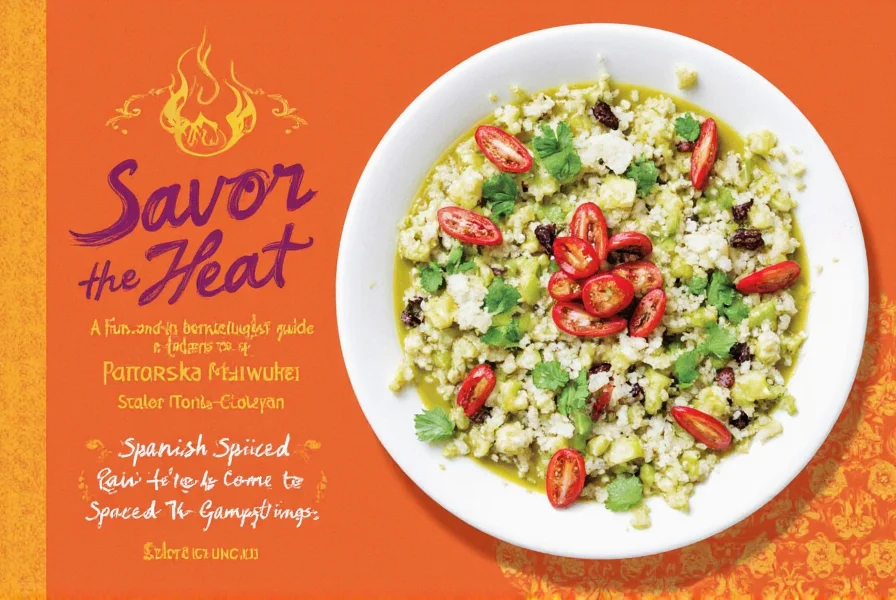
Conclusion
Spanish spiced raw vegetable sauces offer a delicious and nutritious way to enjoy the flavors of Spain. Whether you make your own or choose from a range of store-bought options, these sauces bring a unique combination of freshness, heat, and spice to your plate. With their versatility and growing popularity, they’re a must-have for anyone looking to explore global spice traditions and add some variety to their diet.
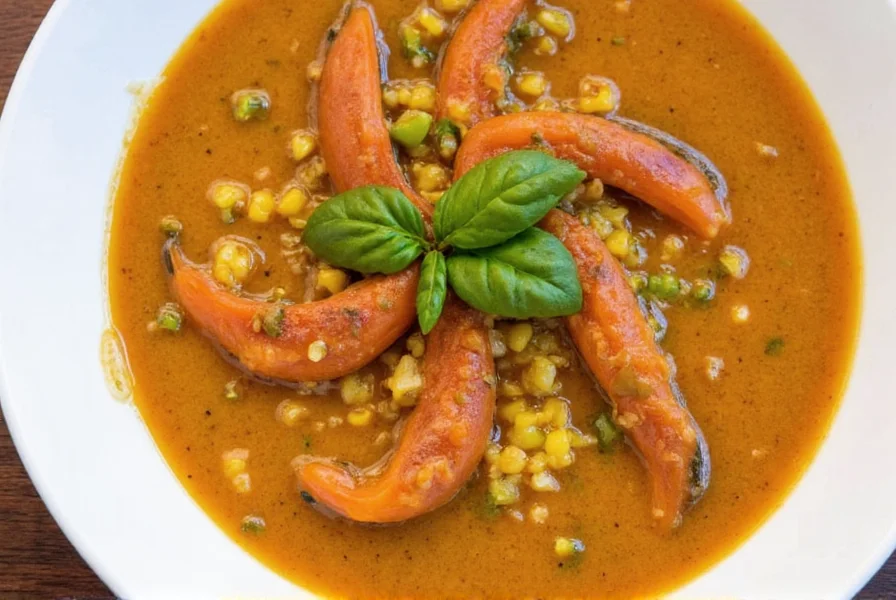
So go ahead—dive into the world of Spanish spiced raw vegetable sauces and discover a whole new dimension of flavor!










 浙公网安备
33010002000092号
浙公网安备
33010002000092号 浙B2-20120091-4
浙B2-20120091-4